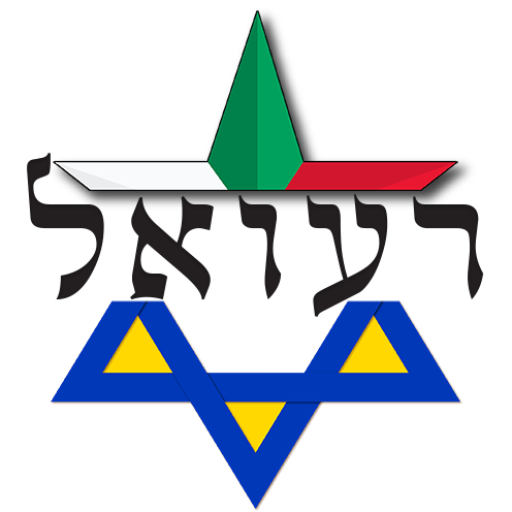Within the world’s Jewish population there are distinct ethnic divisions, most of which are primarily the result of geographic branching from an originating Israelite population, and subsequent independent evolutions. An array of Jewish communities was established by Jewish settlers in various places around the Old World, often at great distances from one another, resulting in effective and often long-term isolation. During the millennia of the Jewish diaspora the communities would develop under the influence of their local environments: political, cultural, natural, and populational. Today, manifestations of these differences among the Jews can be observed in Jewish cultural expressions of each community, including Jewish linguistic diversity, culinary preferences, liturgical practices, religious interpretations, as well as degrees and sources of genetic admixture.

Jews are often identified as belonging to one of two major groups: the Ashkenazim and the Sephardim. Ashkenazim, or “Germanics” (Ashkenaz meaning “Germany” in Hebrew), are so named denoting their German Jewish cultural and geographical origins, while Sephardim, or “Hispanics” (Sefarad meaning “Spain/Hispania” or “Iberia” in Hebrew), are so named denoting their Spanish/Portuguese Jewish cultural and geographic origins. The more common term in Israel for many of those broadly called Sephardim, is Mizrahim (lit. “Easterners”, Mizrach being “East” in Hebrew), that is, in reference to the diverse collection of Middle Eastern and North African Jews who are often, as a group, referred to collectively as Sephardim (together with Sephardim proper) for liturgical reasons, although Mizrahi Jewish groups and Sephardi Jews proper are ethnically distinct.
Smaller groups include, but are not restricted to, Indian Jews such as the Bene Israel, Bnei Menashe, Cochin Jews, and Bene Ephraim; the Romaniotes of Greece; the Italian Jews (“Italkim” or “Bené Roma”); the Teimanim from Yemen; various African Jews, including most numerously the Beta Israel of Ethiopia; and Chinese Jews, most notably the Kaifeng Jews, as well as various other distinct but now almost extinct communities.


The divisions between all these groups are approximate and their boundaries are not always clear. The Mizrahim for example, are a heterogeneous collection of North African, Central Asian, Caucasian, and Middle Eastern Jewish communities that are no closer related to each other than they are to any of the earlier mentioned Jewish groups. In modern usage, however, the Mizrahim are sometimes termed Sephardi due to similar styles of liturgy, despite independent development from Sephardim proper. Thus, among Mizrahim there are Egyptian Jews, Iraqi Jews, Lebanese Jews, Kurdish Jews, Moroccan Jews, Libyan Jews, Syrian Jews, Bukharian Jews, Mountain Jews, Georgian Jews, Iranian Jews, Afghan Jews, and various others. The Teimanim from Yemen are sometimes included, although their style of liturgy is unique and they differ in respect to the admixture found among them to that found in Mizrahim. In addition, there is a differentiation made between Sephardi migrants who established themselves in the Middle East and North Africa after the expulsion of the Jews from Spain and Portugal in the 1490s and the pre-existing Jewish communities in those regions.
Ashkenazi Jews represent the bulk of modern Jewry, with at least 70 percent of Jews worldwide (and up to 90 percent prior to World War II and the Holocaust). As a result of their emigration from Europe, Ashkenazim also represent the overwhelming majority of Jews in the New World continents, in countries such as the United States, Canada, Argentina, Australia, and Brazil. In France, the immigration of Jews from Algeria (Sephardim) has led them to outnumber the Ashkenazim. Only in Israel is the Jewish population representative of all groups, a melting pot independent of each group’s proportion within the overall world Jewish population.

